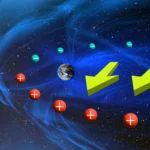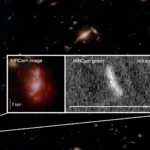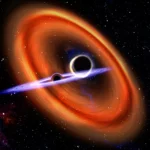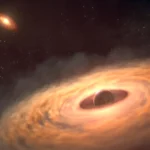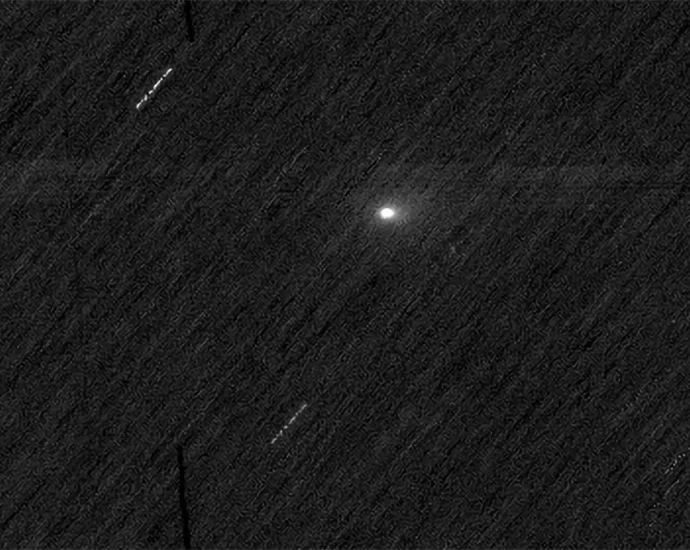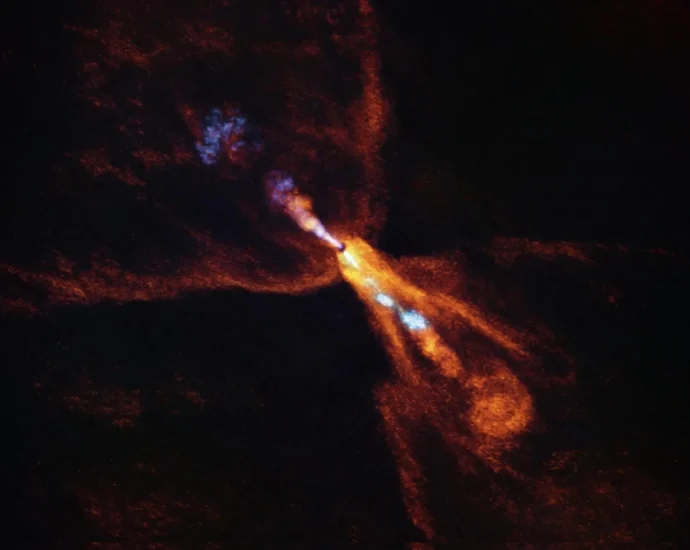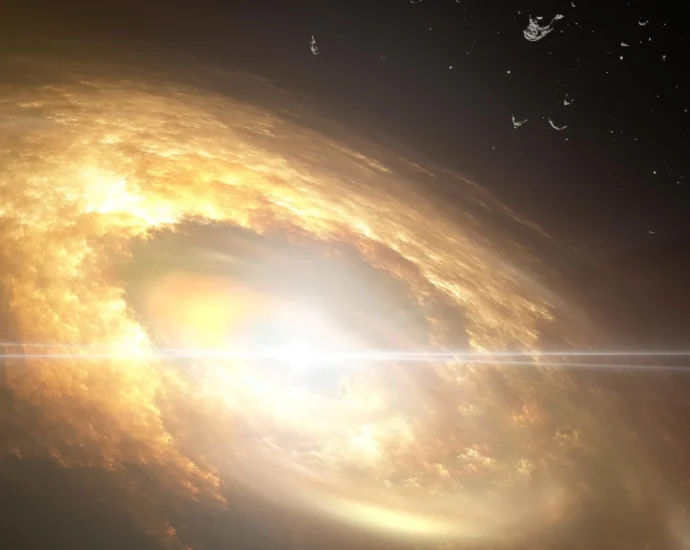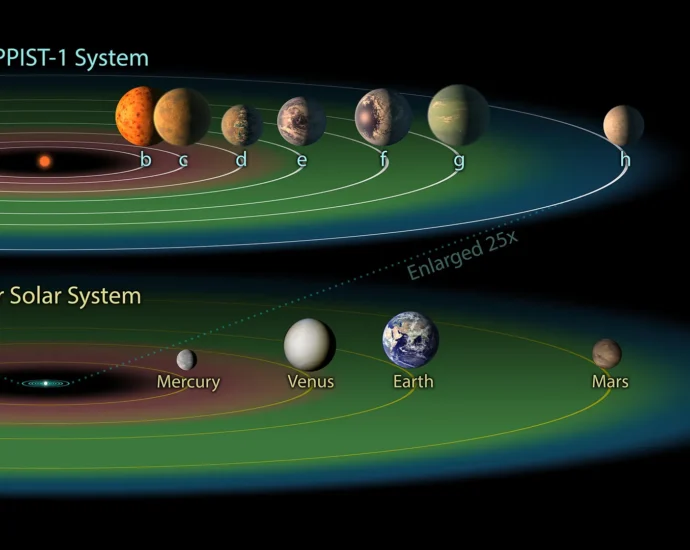These giant planets shouldn’t exist. But they do
What do you do when you encounter a strange astronomical event, a collection of data from planets thousands of light-years away, and models that can’t quite explain what you’re seeing? For one astronomer at Northern Arizona University’s Department of Astronomy and Planetary Science, the answer is simple: start building betterContinue Reading
